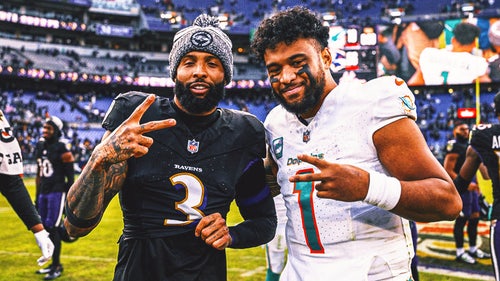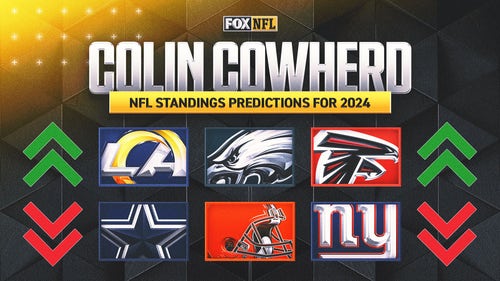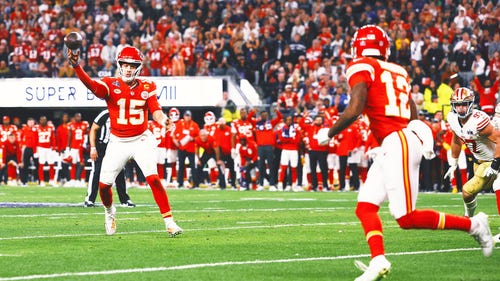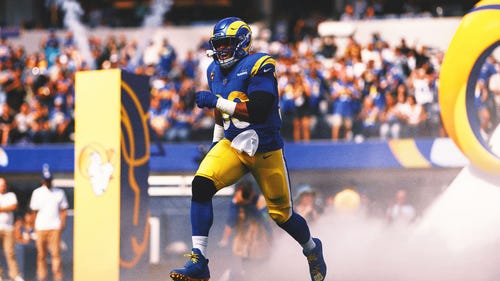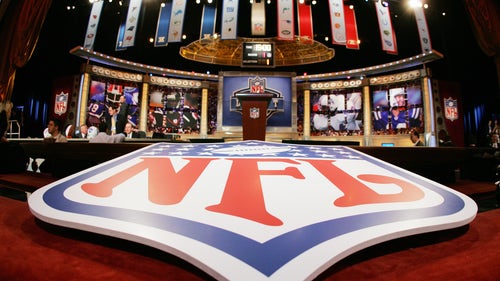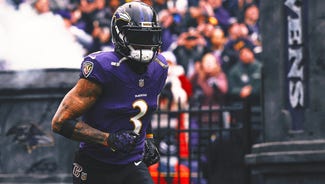
Will the up-tempo NFL offense lose its advantage in 2015?

By Rocky Boiman
I first started calling college games as a color commentator in 2011 ... about the time the “blur speed” offenses of Chip Kelly at Oregon and Art Briles of Baylor were starting to become all the rage of college football. This style had flipped the college football world on its head. Instead of the emphasis being on fundamentals, controlling the line of scrimmage, “staying on schedule” offensively, etc, the dominant theme essentially was seeing how many plays you could run.
This frantic pace blitzkrieged defenses at an unrelenting pace. Defenses couldn’t substitute personal and ultimately couldn’t effectively think on the field because they were dead tired. The old adage was true and live, in living color: it’s hard to focus on 3rd and long when your tongue is dragging and you’re bent over from exhaustion. This style of offense was hell on defenses and exciting to fans. Every offensive coordinator around the country was taking note.
Heading into subsequent years of my offseason college football prep work there was one theme among programs across the country whether it was an SEC, FCS, or DIII program and that was they wanted speed and tempo at all costs. Every coach I talked to was giving me the same mantra: “we gotta get faster”, “we are focusing on tempo and no huddle this spring”, “we want to wear defenses down this year” were common statements in most every program I visited. This became the theme throughout the land to the point that by 2014 I would no longer announce to the audience before a broadcast that this offense was an “up-tempo, no huddle type.” Up-tempo had become the rule, no longer the exception. Virtually every offense in the country has some up-tempo offensive element in their approach.
But now with every team using it to some degree, does it have the same effect it used to? Evolution of football throughout the ages typically goes like this: a new, outside-the-box style gets introduced by cutting edge offensive coordinators and this innovative concept racks up points and statistics that make people’s head’s spin. Subsequently, opposing defensive coordinators are not getting much sleep that week as they try to unlock the secret of stopping said offense. Remember the run-and shoot that dominated college football and the NFL in the early 90’s? In the NCAA it was Andre Ware and David Klingler at Houston and in the NFL teams like the Falcons, the Lions, and most notably the Warren Moon-ledHouston Oilers that were torching defenses with this WR-dominated, aerial attack. It took a few years but defenses eventually caught up, with mastery of the zone blitz (trail-blazed by Dick LeBeau) ultimately being the hammer that squashed the run-and-shoot. By the late 90’s, few offenses in pro football were even running it. It may take some time but defenses ultimately figure out whatever new flavor offensive innovators come up with.
New Dinosaur?
With this in mind, I wonder if the up-tempo offense is the latest dinosaur ready to be eradicated, or at least rendered only moderately effective? What made the up tempo offense so devastating when it came on the scene was that not many teams were running it. Defenses had a schedule filled with “traditional” offenses that huddled before every play. Then came a week where teams ran at an efficient warp speed and all hell broke lose. Defensive players weren’t used to the tempo and weren’t in the necessary level of conditioning to battle this pace for 60 minutes. Bigger, stronger defensive players were trying to operate in a state of chaos that they had not seen. To defend the up-tempo offense, that pace needs to be simulated in practice. But that level of pace rarely reaches game speed, especially trying to cram it into one week on the schedule.
The same scenario exists with the triple option or wing-T schemes. Is the triple option really an explosive juggernaut - the most complete and perfect system in modern football? Of course not. If it were, every offense in the country would use it. What makes a team like Georgia Tech who runs the triple option so dangerous is the fact that they are the odd duck on the schedule. It’s the one offense a year that is so completely different from all the others. It puts stress on a defense because they can’t rely on the same approach they use versus every other team on the schedule.
The muscle memory is different. The rules are different. How the offense attacks the defense is so different from the week before and the week following. Again the other issue is that it is so hard to practice against this attack because scout teams aren’t used to running this structured, quick hitting style. By game day the triple option punches defenses in the nose as they try to diagnose an odd scheme that is drastically faster than they have seen in practice all week
This is no different than the early days of the up-tempo, spread offense. During practice weeks before facing such an offense, teams would scramble to try and get a scout team to give them some semblance of what they were to see on game day. This rarely occurred because scout teams couldn’t effectively run it. So now with only three days of practice versus a look that isn’t close to the true speed and precision of a true up tempo attack like Oregon or Baylor, defenses were ran out of the stadium on game day. Things were happening so unusually fast -- defenses failed essentially because they weren’t prepared.
But now, almost every offense in the country runs an up-tempo attack. Now the defenses in spring ball and throughout the season are used to running against their very own offense who now plays fast. It’s no longer a surprise. It’s no longer a shock to the system. Couple that with the fact that defenses have adapted from a personnel standpoint with bigger, more powerful but slower guys being replaced with smaller, speedier defenders that are better in space. Defenses are now equipped to play against all the nuances and speed of the up-tempo attack.
So the question becomes, as defenses are catching up to the frantic speed and pace of modern offenses, will we start to see less effectiveness of attacks that seek to run 90 plays a game? Will the video game offensive numbers level off? Maybe even more exciting to speculate is what could be the next the offensive scheme to take the football world by storm?
I'm hoping we see the power-I make a comeback...
More from Football By Football:






































































































































